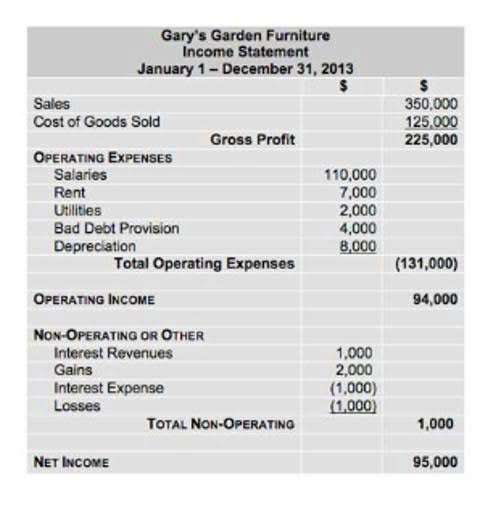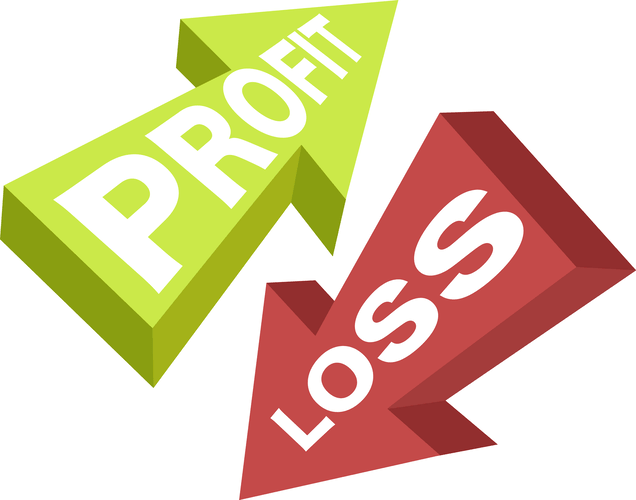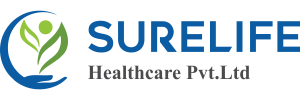
Operating costs are day-to-day expenses, but are https://www.instagram.com/bookstime_inc classified separately from indirect costs – i.e., costs tied to actual production. Investors can calculate a company’s operating expense ratio, which shows how efficient a company is in using its costs to generate sales. However, certain cost categories will typically be included (some of which may overlap), such as direct costs, indirect costs, variable costs, fixed costs, and operating costs. In addition to categorizing costs as manufacturing and nonmanufacturing, they can also be categorized as either product costs or period costs. This classification relates to the matching principle of financial accounting.
Let’s look at product costing on an example

When using lean accounting, traditional costing methods are replaced by value-based pricing and lean-focused performance measurements. Financial decision-making is based on the impact on the company’s total value stream profitability. Value streams are the profit centers of a company; a profit center is any branch or division that directly adds to a company’s bottom-line profitability. You can look into using different suppliers to source your materials at a lower rate. Or, you could explore ways to make your production processes more efficient. Price increases aren’t always necessary if you have concerns over production costs.
- Production costs refer to all of the direct and indirect costs businesses face from manufacturing a product or providing a service.
- Cost-accounting systems, and the techniques that are used with them, can have a high start-up cost to develop and implement.
- In our example, quarterly, Raymond’s management determines all product cost components, including direct material, direct labor, and factory overhead costs.
- The cost of the product is reflected in the financial statements because it considers the manufacturing overhead expenses that are necessary according to GAAP and IFRS.
- Cost is often one of the most important factors people consider when purchasing.
Standard Costing
Data like the cost of production per unit or the cost to produce one batch of product can help a business set an appropriate sales price for the finished item. When the product is sold, these costs are transferred from inventory account to cost of goods sold account and appear as such on the income statement of the relevant period. For example, John & Muller company manufactures 500 units of product X in year 2022. Out of these 500 units manufactured, the company sells only 300 units during the year 2022 and 200 unsold units remain in ending inventory.

Understanding the Costs in Product Costs
Therefore, period costs are listed as an expense in the accounting period in which they occurred. For a retailer, the product costs would include the supplies purchased from a supplier and any other costs involved in bringing their goods to market. In short, any costs incurred in the process of acquiring or manufacturing a product are considered product costs. As a business owner, you can use the prime cost information to identify which products are profitable and which ones are not. You could then raise or lower the prices of unprofitable products, or discontinue production altogether. Additionally, you can also use prime cost figures to negotiate better deals with your suppliers and reduce your overall production costs.
Create a free account to unlock this Template
Companies can optimize their operations and improve their bottom line by understanding the relationship between direct costs and output. Calculating raw material requirements and costs using a budget helps in efficient inventory management. Maintaining a sales price equal to or greater than the product cost per unit ensures profitability, with higher prices leading to gains and lower prices resulting in losses. For example, fixed costs for manufacturing an automobile would include equipment as well as workers’ salaries. Following these tips can avoid overcosting and undercosting in your own business. Setting the correct prices for your goods and services will make you more likely to attract customers and make money.
Period Costs vs. Product Costs: An Overview
Such materials, called indirect materials or supplies, are included in manufacturing overhead. Indirect materials are materials used in the manufacture of a product that cannot, or will not for practical reasons, be traced directly to the product being manufactured. It’s a linchpin for businesses striving for profitability and sustainable growth. In the dynamic realm of business, https://www.bookstime.com/ where every decision matters, mastering the art of managing product costs is key to unlocking success. Ltd determines direct labor costs by estimating labor force requirements based on labor hours and units produced. To arrive at the cost of production per unit, production costs are divided by the number of units manufactured in the period covered by those costs.
Activity-Based Costing
Employees on an automobile assembly line would be considered direct labor, while administrative roles may not qualify. The marginal cost of production refers to the total cost to produce one additional unit. In economic theory, a firm will continue to expand the production of a good until its marginal cost of production is equal to its marginal product (marginal revenue). On the other hand, if a company sets its prices too high, it may lose sales to competitors or fail to meet market demands. If businesses continue to overprice their products or services in the long term, they may become uncompetitive and eventually go out of business.
- Indirect labor consists of the cost of labor that cannot, or will not for practical reasons, be traced to the products being manufactured.
- By considering these key points, businesses can gain valuable insights into their financial performance and make informed decisions about product cost accounting.
- They will not be expensed until the finished good are sold and appear on the income statement as cost of goods sold.
- Employees on an automobile assembly line would be considered direct labor, while administrative roles may not qualify.
It can put a strain on your finances
For instance, in automobile manufacturing, metals and plastics are direct materials, while lubricants like oil and grease fall under indirect costs. Distinguishing itself from period costs—incurred for activities not directly tied to production—product costs play a pivotal role in determining product pricing. Accurate calculation of these costs is imperative for businesses to set prices that ensure profitability and prevent losses. Direct laborers are the employees or the labor force that gets directly involved in producing or manufacturing finished goods from raw materials. The direct labor costs are the salaries, wages, and benefits (like insurance) paid to these labor forces against their services. Product costs include direct materials, direct labor, and overhead expenses.

Marginal costs will help find the ideal and most optimum level of production for your product or service. Understanding average cost is an effective way to help determine the final selling price with details from the balance sheet. Production costs are important to understand since they’re connected with generating revenue. The direct labor cost will vary depending product cost consist of on the number of workers and the hours worked. In our shirt example, direct labor would be the person who sews the buttons on or assembles the shirt. To qualify as a production cost, an expense must be directly connected to generating revenue for the company.

